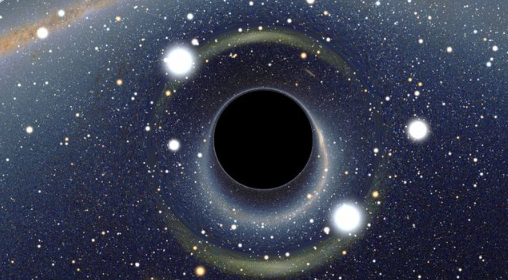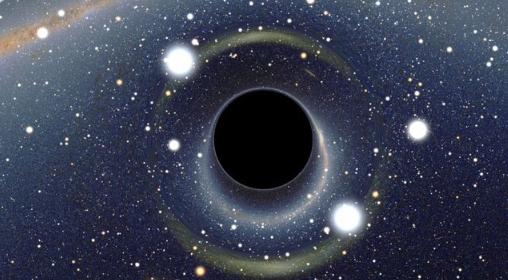Scientists from Technion-Israel Institute of Technology have managed to measure the long-theorized Hawking radiation emitted by black holes through the use of a sonic black hole made in a laboratory.
Nearly 50 years ago, famed scientist Stephen Hawking had long theorized that black holes would produce a constant form of radiation overtime like any other warm object, with the temperature determined by its surface gravity. With the stronger the gravity meaning the higher the temperature.
But scientists at Technion have managed to get around this through the use of a sonic black hole, a system that sound waves can’t escape from, just as nothing – not even light – can escape from a black hole’s event horizon.

As documented in the academic journal Nature Physics, the scientists led by Prof. Jeff Steinhauer of the Physics Department found that Hawking radiation is still emitted from a sonic black hole and remains consistent in its strength and temperature, as seen over the course of 124 days of continuous measurement.
“Our new long-term goal,” Steinhauer concluded, “is to see what happens when one goes beyond the approximations used by Hawking, in which the Hawking radiation is quantum, but spacetime is classical. In other words, we would take into account that the analogue black hole is composed of pointlike atoms.”
As Published by Jerusalem Post






















 WhatsApp us
WhatsApp us